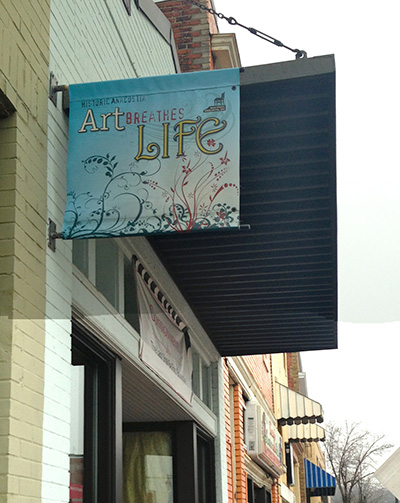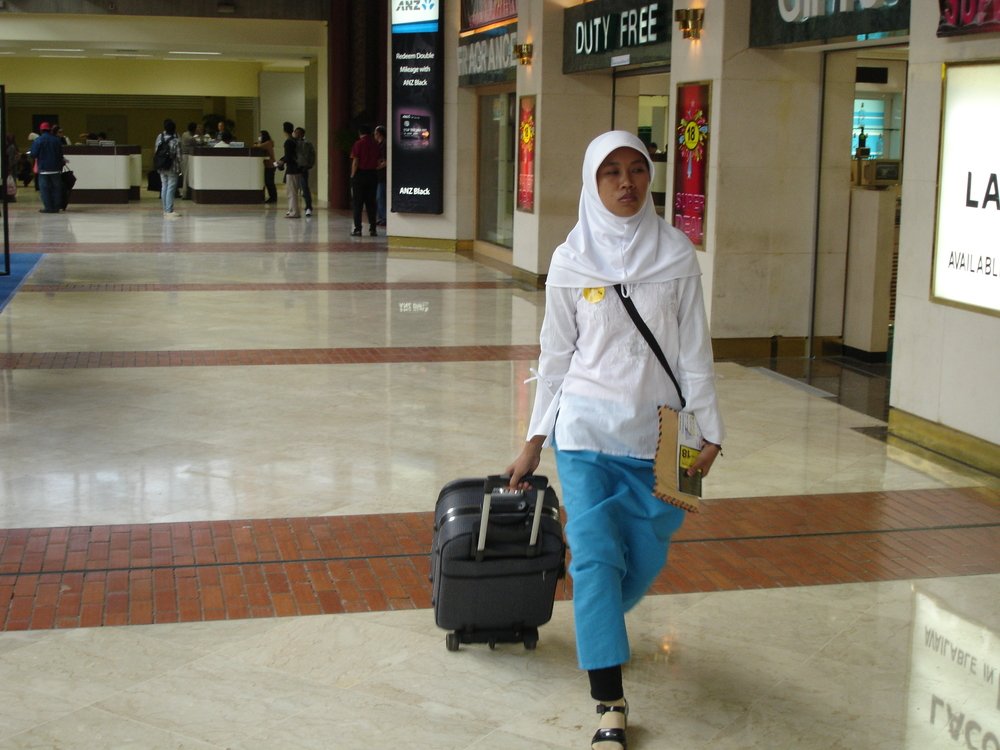
“Mixed-income housing was supposed to liberate the poor from the projects. Instead, it has only created more hardship and isolation,” reads the tagline for Maya Dukmasova’s “The Problem with Mixed-income Housing”. While I agree that “mixed-income” housing has increased hardship and isolation, I think it’s for those who have been permanently evicted, not for those who made it into the shiny new buildings.
I don’t object to “mixed-income housing” per se. My mom practiced it in her own way: when we emigrated from Jamaica, we lived in a studio apartment in NW Washington, DC, where my bedroom was the walk-in closet (if you need tips, I can show you how it’s done), and we lived in the last low-income housing in Chevy Chase (now pricey townhouses). The idea was to live among the better-off to access their schools, but it didn’t hurt that their groceries and drug stores and libraries and dentists and employment opportunities were also a step up (my mom’s side hustle after her full-time secretarial job was babysitting, like for Robert McNamara’s kids — yeah, that Robert McNamara — while I was in Jamaica at Grandma’s/boarding school). We weren’t welcomed, and I felt ashamed of the busted up road in front of our Chevy Chase apartment, and definitely felt the class differences, but no one could stop me from shining at school, or shopping or even just browsing at the store. The park was open to all, even kids with second-hand tennis rackets and balls they found in the underbrush on the way to the court, and safe, even for girls. There’s no accounting for how many magazines I read in the air-conditioning at People’s Drugs, or records I listened to at the then-new library on Arlington Road, to evade the summer heat — and learn something, just through the exposure.
Dukmasova’s description of the current version of “mixed-income” housing, where the poor are barely admitted or tolerated, and thoroughly policed, is not quite that. On paper, at least, it looks better: planned, and state-funded. But the cynicism of its roots are showing in its actual practices of exclusion and the drive to privatization that results not in the replacement of public housing, but its near-elimination in favor of maximizing market-rate units and minimizing subsidized ones. For those who have made it into what seems to be a mere 10% return rate for prior residents, I must admit I’m less concerned about how folks manage once they get there. It is possible to act prouder than the rich folk and carry on with finding what’s usable and needed — we took buses all over the place to meet up with other West Indians; when Grandma visited, she found the all-day Black church for Sunday worship — and to talk about the snobby neighbors in the privacy of one’s family and friends. The real exclusion happens right at the beginning, where so few former residents squeak through, and so many more are discarded forever, because of a police record, or credit record issues, etc.
Still, the ultimate exclusion is where I live now, in Ward 8, at the center of concentrated poverty in DC. I can’t uphold that. I can’t romanticize the compound effect of generational impoverishment, shit schools, absent health care, only recently improving libraries, absent employment opportunities, high transportation costs to other parts of the city, vibrant illegal and violently dangerous economy, and it goes on and on. Yes, we have each other’s backs, mostly; yes, we speak on the street, and there’s a gracefulness to how most folks relate. But I don’t know one young person who doesn’t know their future lies in getting out of SE, some way or somehow. And sometimes that’s no further than NW for workshops and bringing back the stuff they’re learning to the community. But even that is a Very Big Deal and hard to get hold of.
So yes, there are problems with the current version of mixed-income housing that need to be addressed, but nothing excludes like concentrated poverty and living with the daily knowledge that the greater society has deemed you disposable and forgettable. The folks in Barry Farms here in Ward 8, who have seen how few came back when the Douglass and Stanton Projects were torn down and replaced by Henson Ridge I and II, know this, and are fighting to make it different. Their first concern is who gets to come back and how many. I’m pretty sure that if someone tried to say some folks can have grills on their balconies and some can’t, they’d call bullshit, and invite some lawyer to go have fun with that.
(Photo Credit: Truthout / Rania Khalek)



